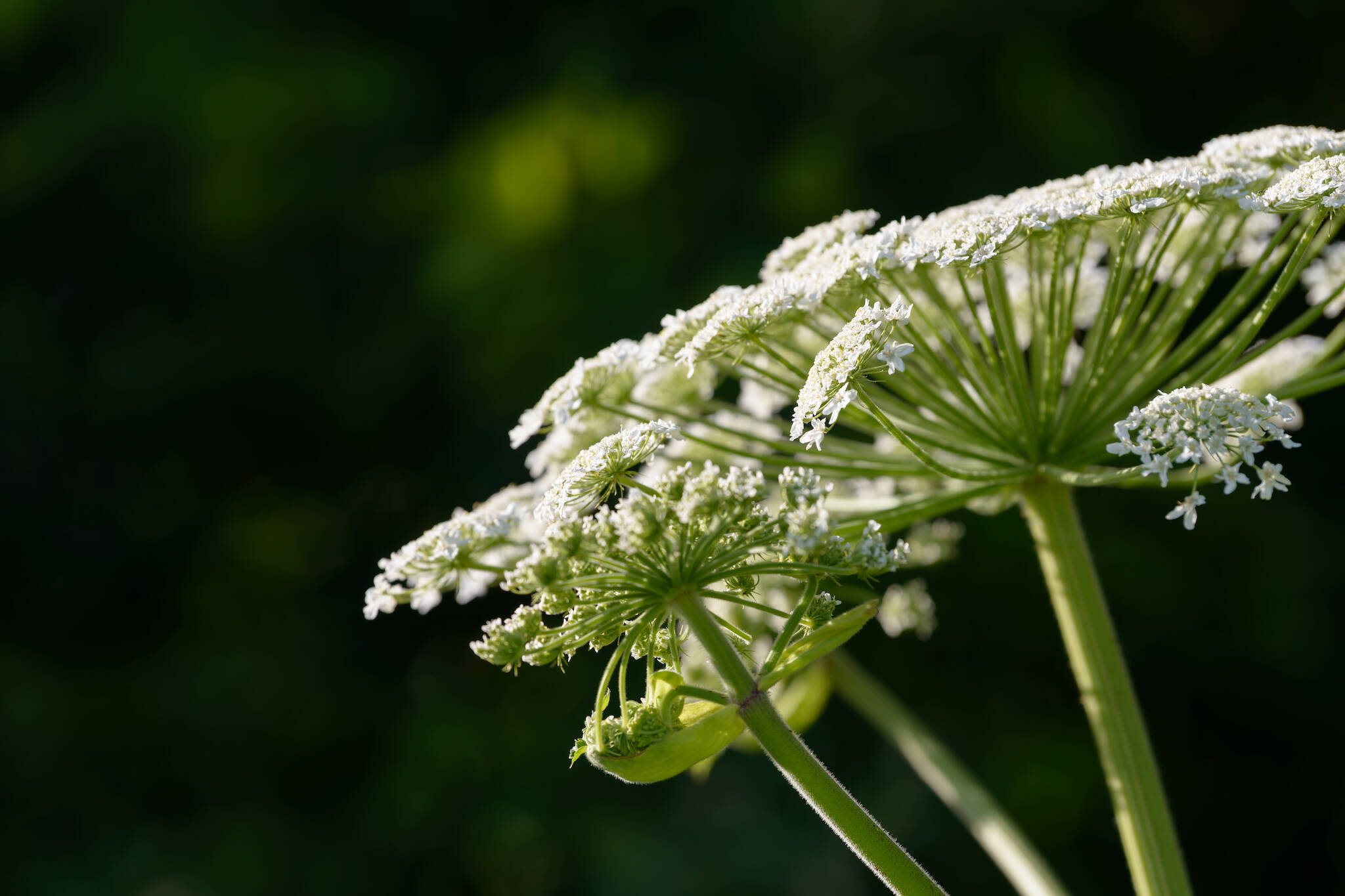
One of Canada's most dangerous plants is starting to bloom in Toronto
As temperatures start to warm up in Toronto and plants begin to bloom, so too comes the resurgence of one of the country's most problematic and dangerous invasive plants.
Giant hogweed (Heracleum mantegazzianum), or giant cow parsnip, is a perennial plant and a member of the carrot family that can cause painful lesions on human skin if touched.
Native to eastern Europe and western Asia, the dangerous species is reported to have been introduced to Canada as an ornamental plant, and now grows easily along roadsides, riverbanks, ditches, streams and open woodlands across southern and central Ontario.
There are several plants that look similar to the giant hogweed, including purplestem angelica, woodland angelica and Queen Anne's lace (wild carrot), although these plants are not nearly as large as a mature as giant hogweed, which has the potential to grow up to 5.5 metres tall in ideal conditions.
⚠️ DANGEROUS PLANT NEWS ⚠️
— Ellen (@ellenfromnowon) April 14, 2024
it's that time of year that Giant Hogweed is popping up, ready to get its sap on your dogs and toddlers' skin. It grows to well over human height but right now it doesn't look quite as dangerous, but the leaves and stems will give you burns. pic.twitter.com/PiMNAyb7R0
The invasive plants can be distinguished by their bright green stem with dark reddish-purple spots and coarse white hairs at the base of the leaf stock. From late spring to mid-summer, giant hogweed produces a large upside-down umbrella-shaped head with clusters of tiny white flowers.
While the plant might look innocent, its clear watery sap contains toxins that can cause severe dermatitis. According to the province, ultraviolet radiation activates compounds in the sap, which can cause severe burns when exposed to the sun.
Symptoms typically show up within 48 hours of exposure and consist of painful blisters and purplish scars that may form and can last for several years.
As a result, removing giant hogweed can be incredibly dangerous, and it should also not be burned or composted.
Aside from its dangerous sap, the plant can also outcompete native vegetation through rapid growth in the early spring, with its large leaves shading out other plants before they have an opportunity to grow.
If you find the invasive plant on your property, it is recommended that you hire a professional exterminator to remove it in late April or May, when it is less than 30 centimetres tall, easier to dig up and more susceptible to herbicides.
If you absolutely insist on removing the plant yourself, make sure to wear protective clothing, eye protection, a disposable spray suit and waterproof gloves, and also use a spade to distance yourself from the plant.
Cyrustr/Shutterstock
Latest Videos
Latest Videos
Join the conversation Load comments







